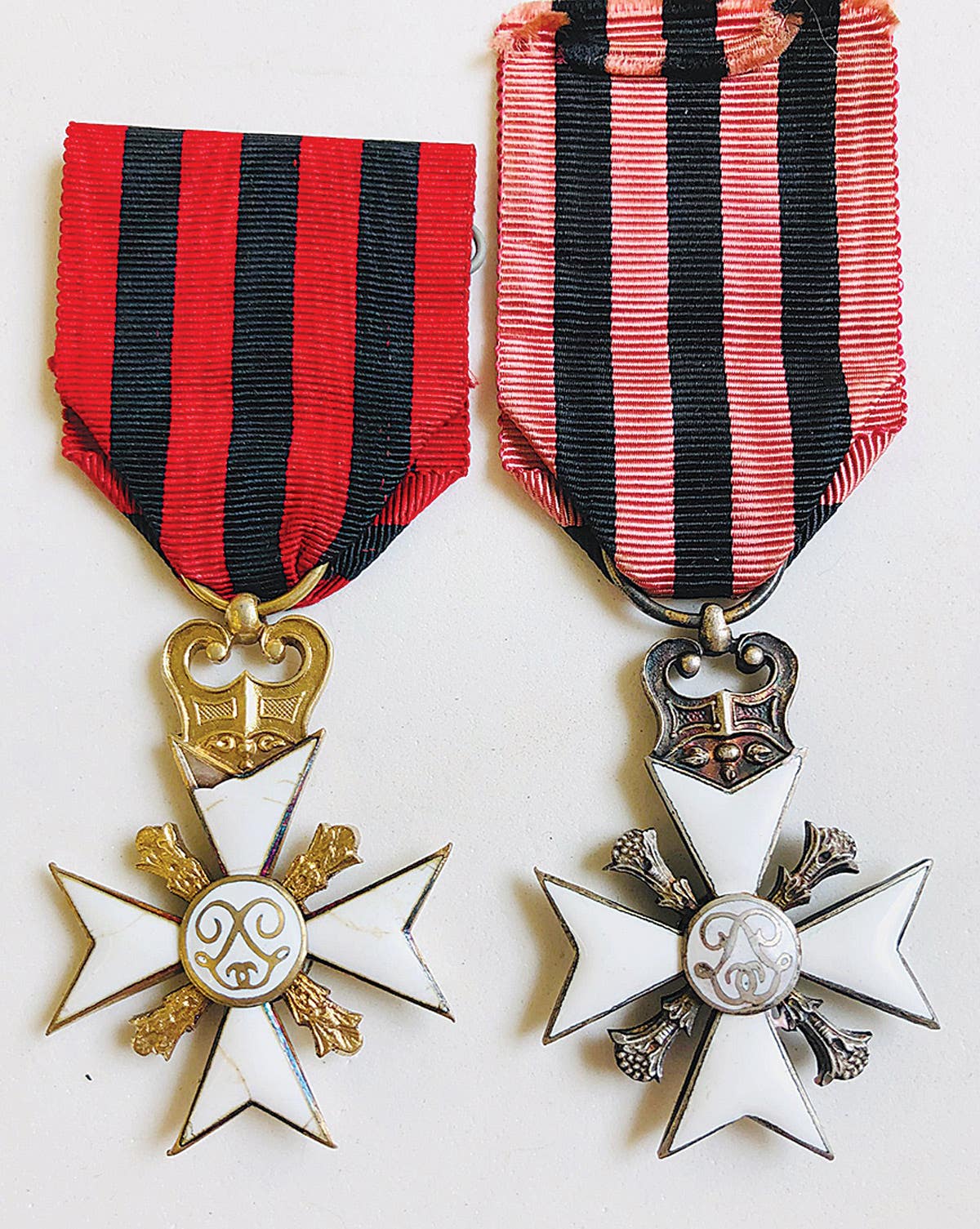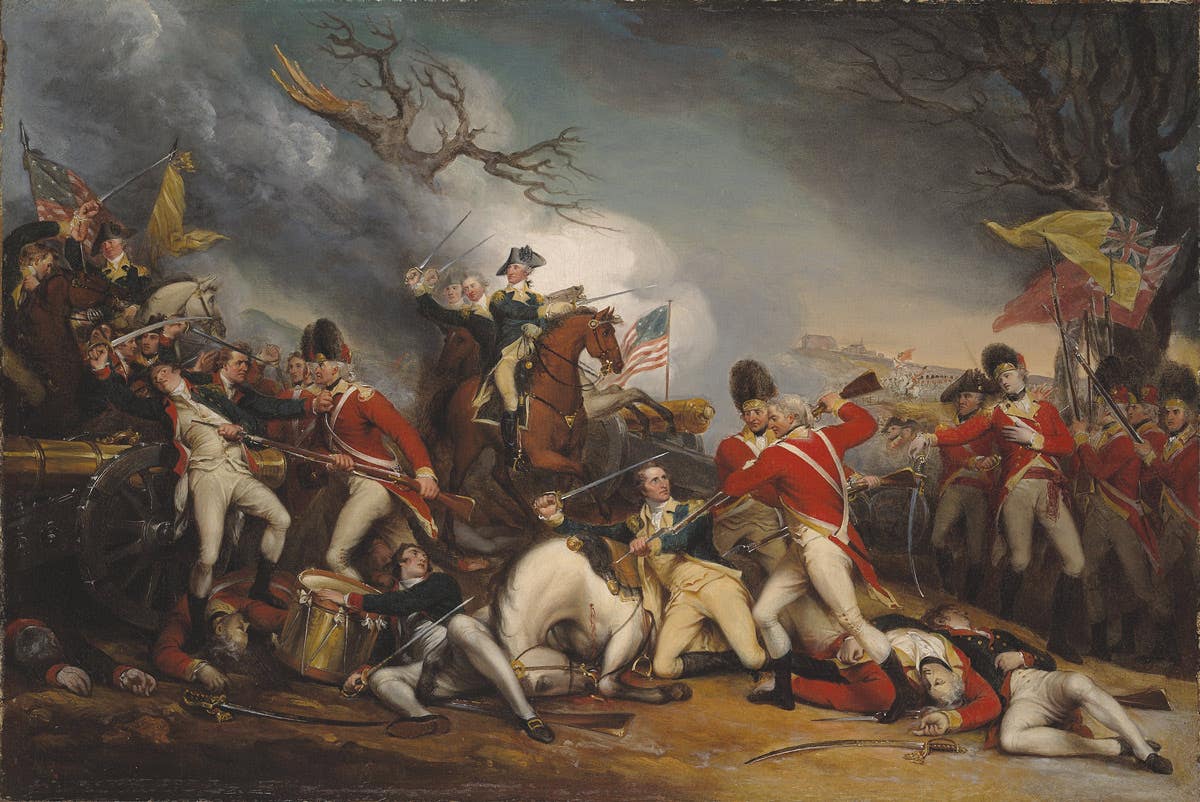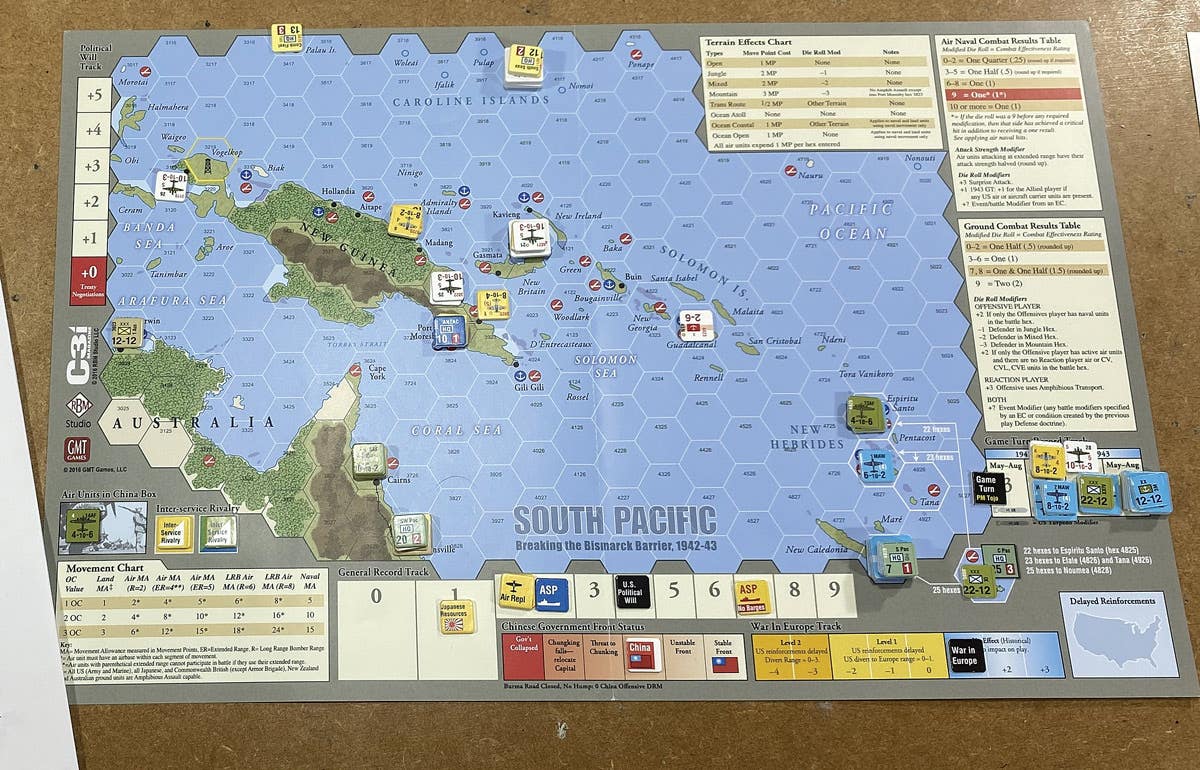German Eastern National Railway ID cards
By Bruce Kipp Following Nazi Germany’s conquest in September 1939, Poland’s western-most provinces were annexed to the Reich. The central and southern regions were organized as a German territory called…
By Bruce Kipp
Following Nazi Germany’s conquest in September 1939, Poland’s western-most provinces were annexed to the Reich. The central and southern regions were organized as a German territory called the Generalgouvernement.
Generally, low-level administration was by the Polish bureaucrats who ran things under the former Polish government but now functioned under German officials appointed to key executive and administrative posts.
The railroad network was joined to the German railway system along with the railroads in German occupied Belarus, Ukraine, Moldova, Lithuania Latvia, Estonia and Western Russia. This enormous eastern rail network was designated the “Eastern Railways” (Ostbahn) and was administered as a division of the German National Railways (Deutsche Reichsbahn). Within a short time Ostbahn workers were issued identification documents similar to those of their Reichsbahn colleagues.
This Ostbahn personnel identification card is composed of beige, medium card stock, about 11cm x 15cm. It has a horizontal, postcard-style format. Printed in German and Polish, it identifies Henryk Wineiatz, a train conductor (Zugschaffner), as an Ostbahn employee at the main train station (Hauptbahnhof orHbf) in Kielce, a city in southeast Poland.







